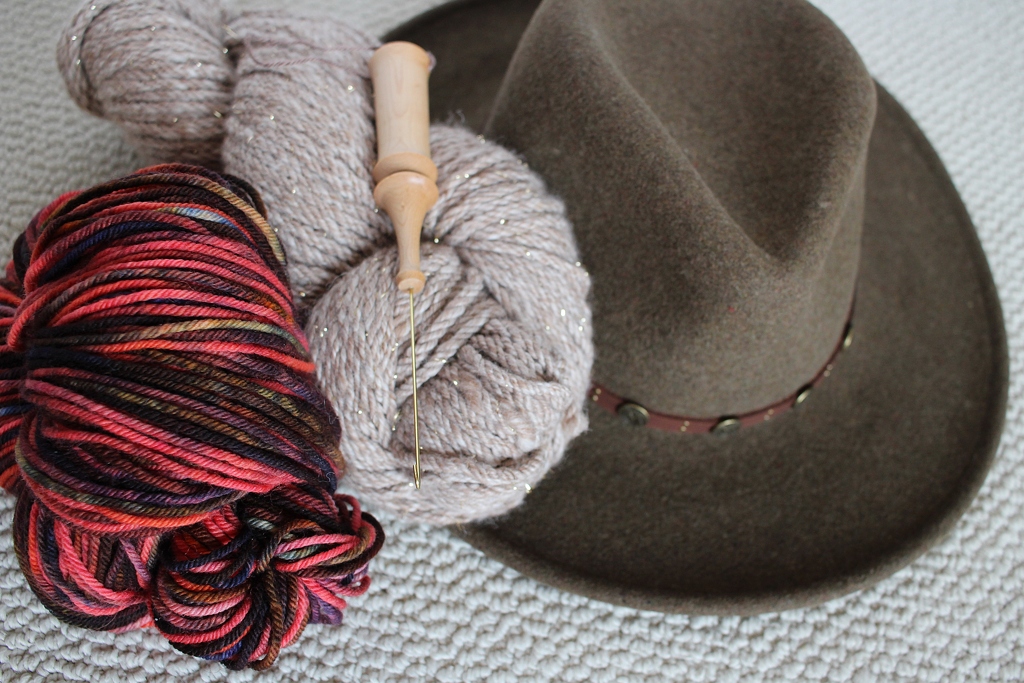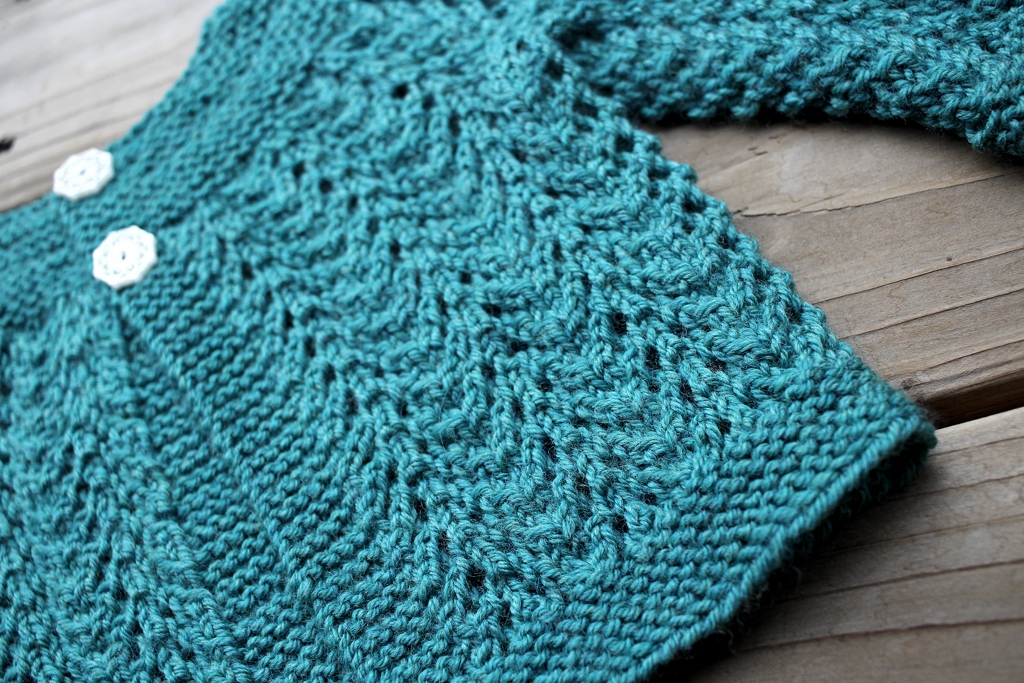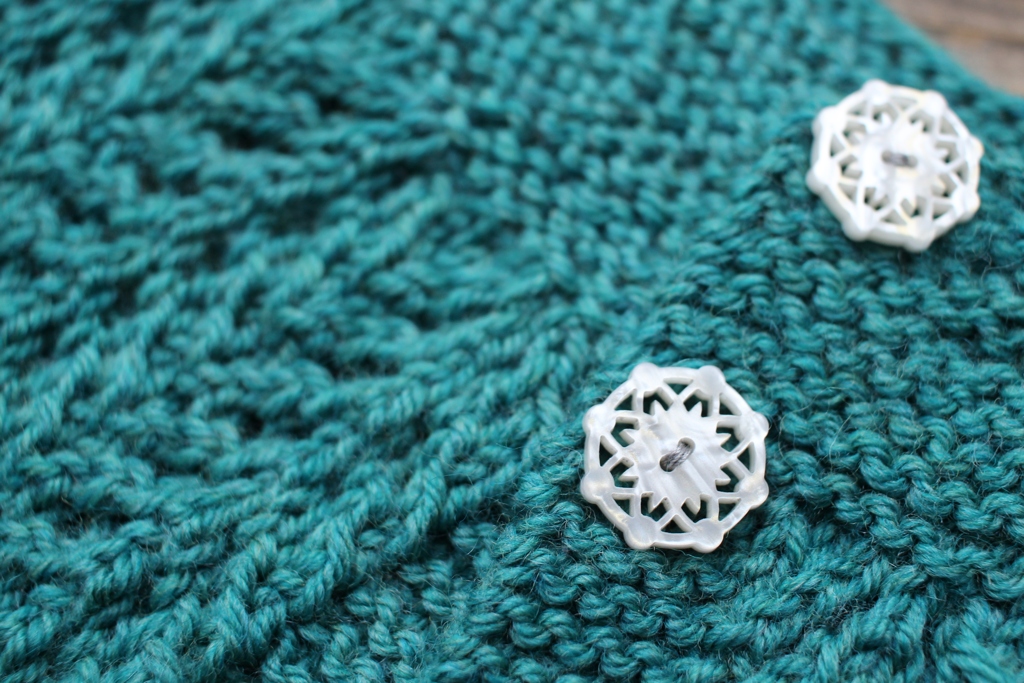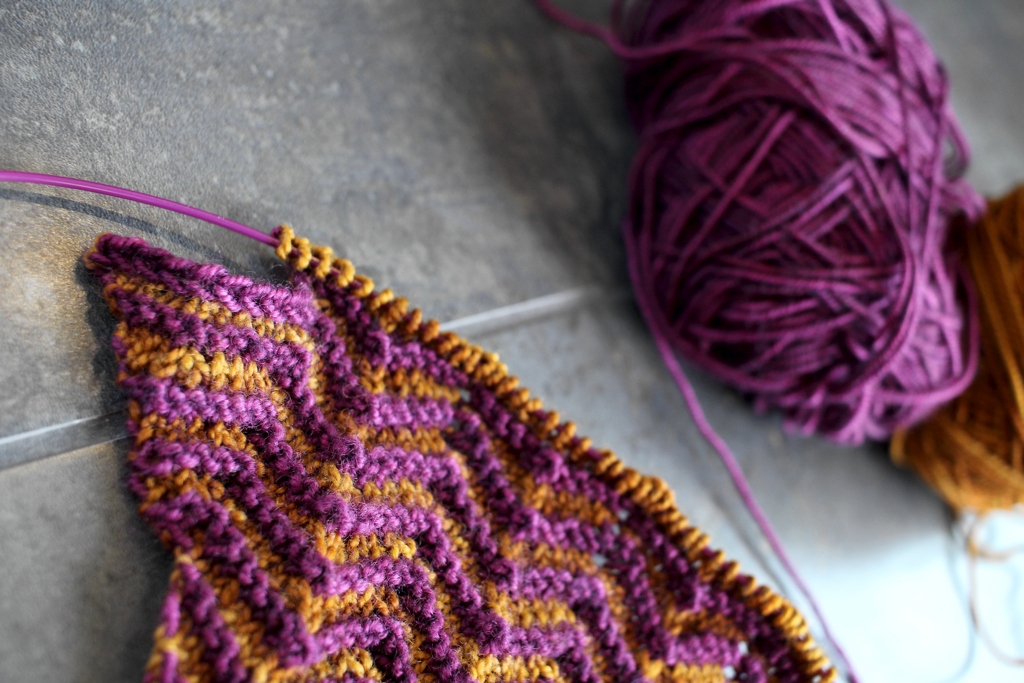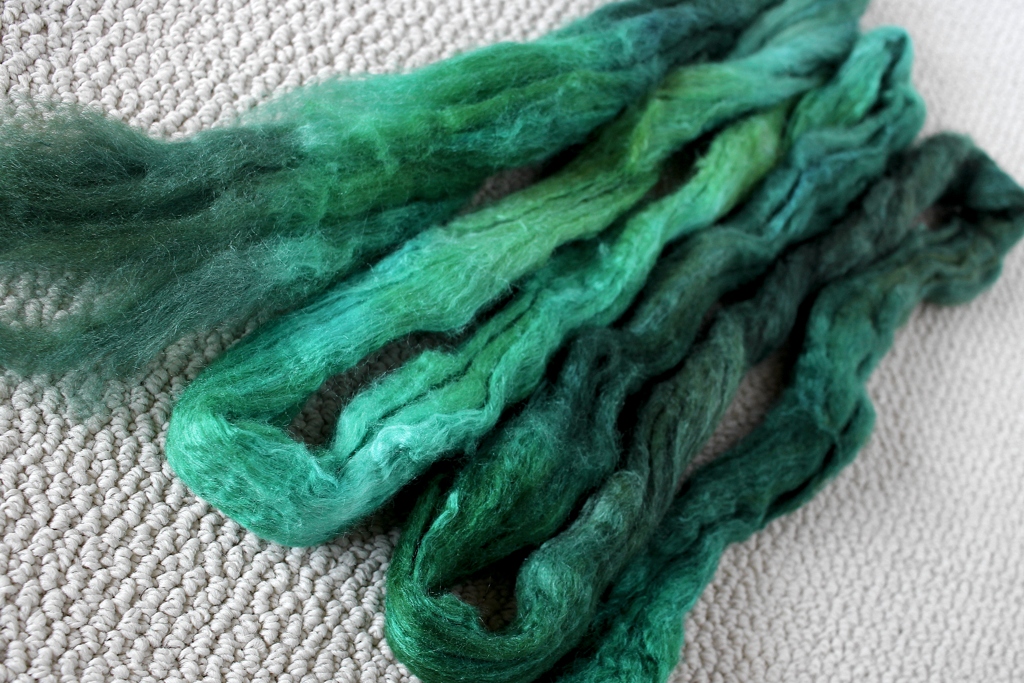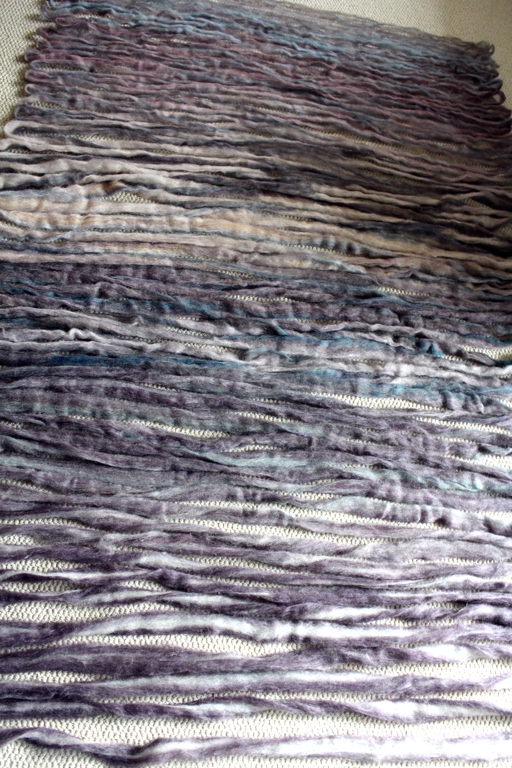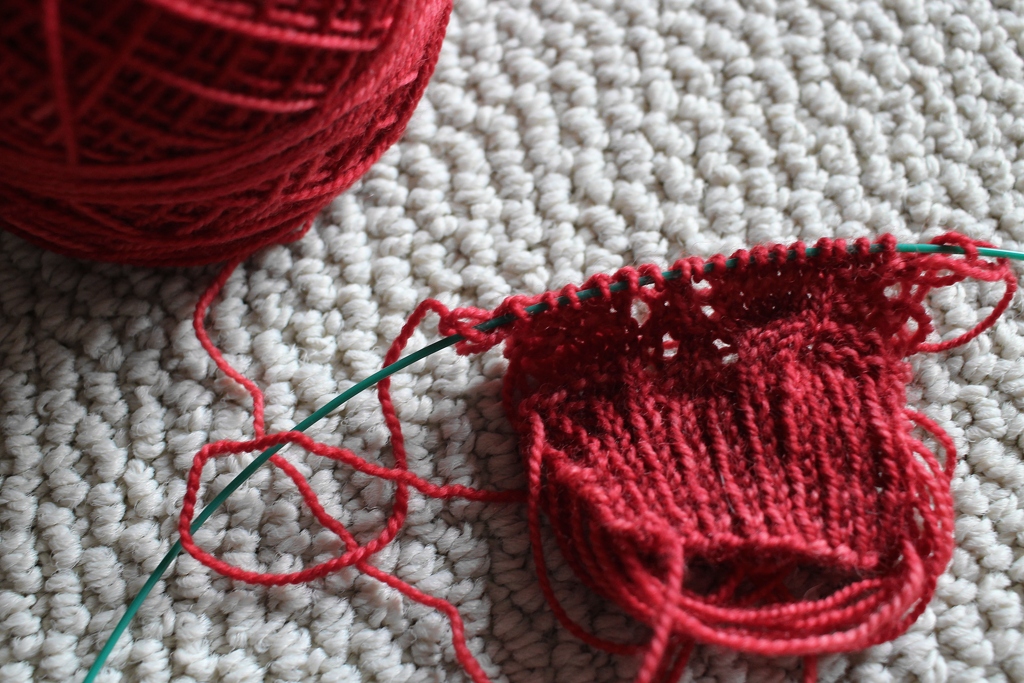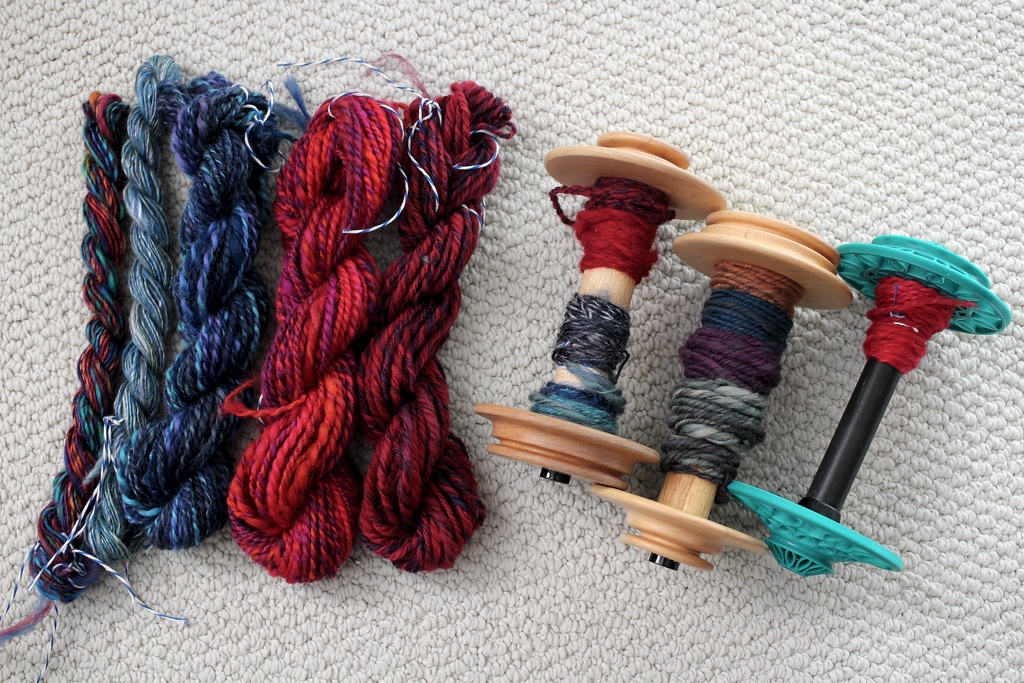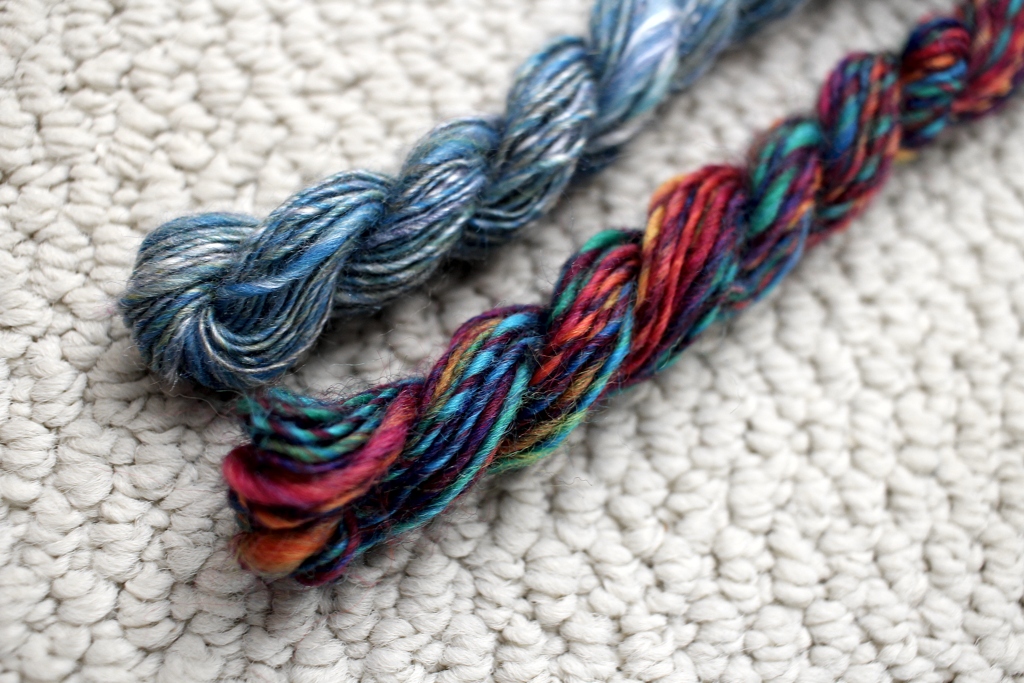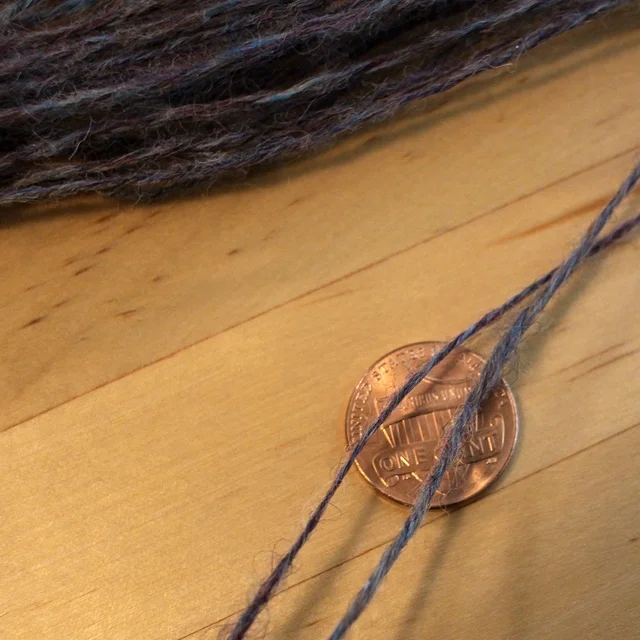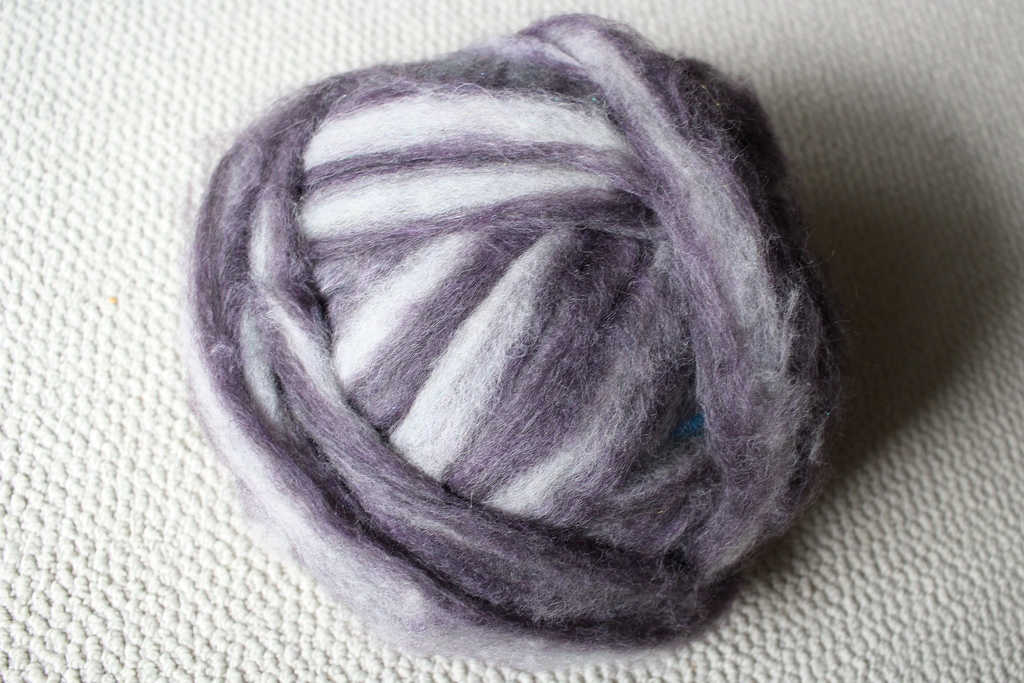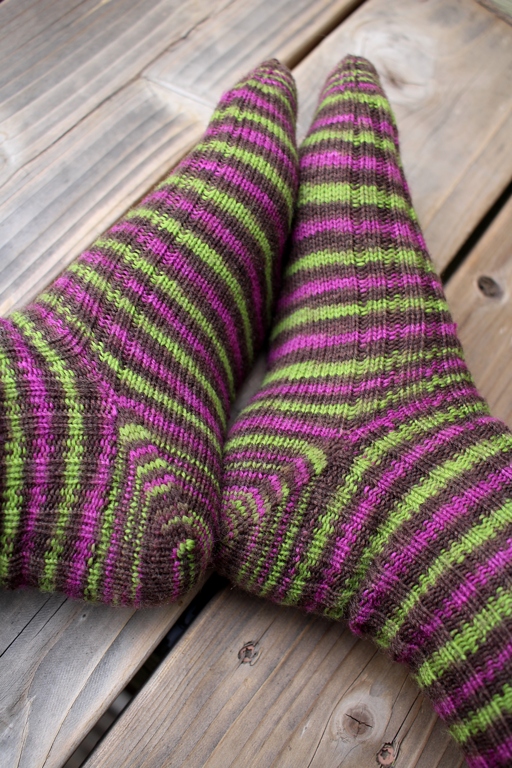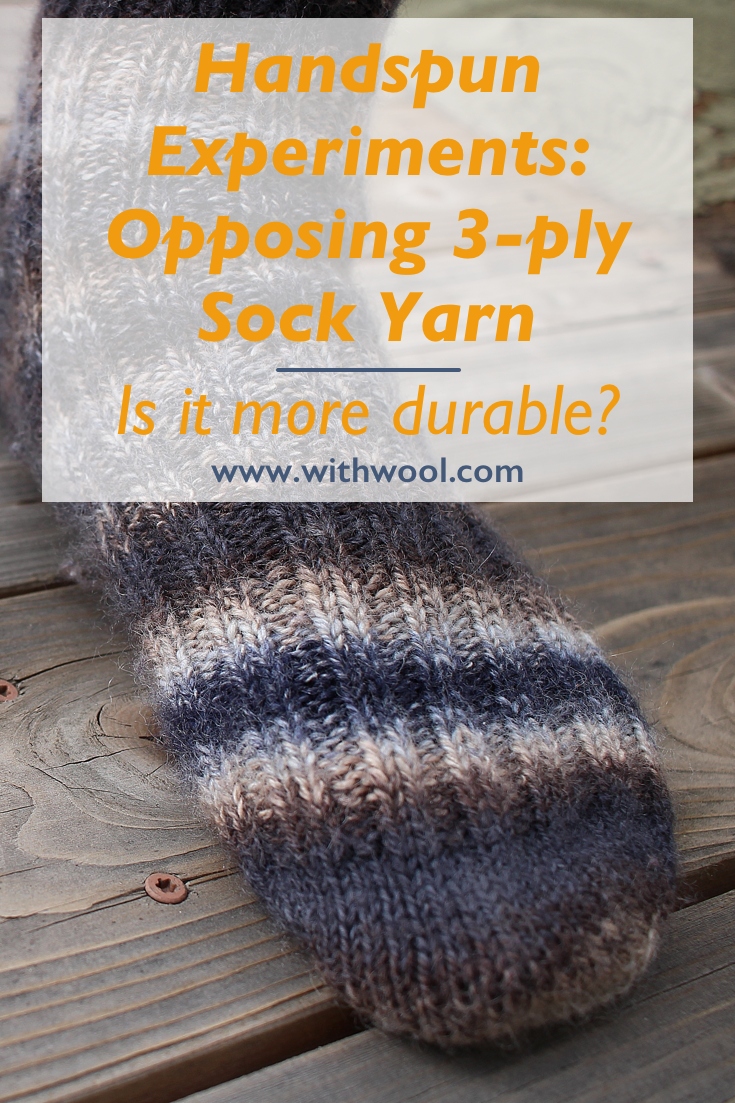Working Small and Fast with Handspun Samples
/Time for an update on the epic green handspun project. When last we saw our fiber I shared why I bought this particular roving and my plans for sampling and spinning it. You can read more about that here. Our dashing roving has gone through quite a few transformations since then!
Okay, I’m ditching the transatlantic narrator accent, and getting back to business. I’ve learned a few things from spinning samples for this batch of handspun. The end goal is still the same: 500 - 600 yards of 2-ply fingering weight yarn that’ll look good as a lace shawl. I’m glad I started small and tested different techniques. Working fast and small let me refine the methods I’m going to use when I spin the real yarn.
I had 3 questions I wanted to answer with the samples. How should I handle the color to prevent barber poles? How much fiber am I going to need to spin 500+ yards? How do I set up my wheel to consistently spin a fingering yarn?
To keep the variables to a minimum, I used 5g of fiber for each sample with a more-or-less equal mix of light and dark green. I used the same ratio, 15.5 : 1 on the Schacht fast whorl, to draft and ply each sample. I set the twist and finished each skein with a 15 minute soak in cool water with Eucalan, and hung them to dry.
Sample #1
This first sample was my control and I did exactly what I don’t want to, spin a barber pole yarn. One ply was dark green and one ply was light green. It’s pretty and I like the variation of the light green ply, but it would only obscure a lace pattern.
Sample #2
Sample 2 is where I started changing things up. I split the roving down the middle to make smaller sections of color and pre-drafted the fibers. Then I held two strands of the roving together with the light and dark greens together. The photo below shows what this looks like.
I admit to being a little lazy on this sample because I spun just the one ply, wound it into a center-pull ball, and plied it with itself. So I’m not sure how much of the color variation is due to the dual drafting and how much is due to plying from a center pull ball. It also has way more twist than the other 2 samples because I had to fiddle with the ball to keep the plies evenly tensioned. All these factors considered, I think the color handling moved in the right direction.
Sample #3
I wasn’t lazy this time and spun 2 separate plies. I split the roving in half and in half again to create even smaller portions of color. I gave dual drafting another try, making sure to pair light greens with dark greens as much as possible. The resulting yarn is much more even in tone and color. There are pops of light and dark, but the yarn reads as a semi-solid instead of a variegated. That’s a big difference from the original un-manipulated fiber. It’s also exactly the effect I was going for.
So I’ve got the color thing figured out. What about yardage and wheel set-up? My math tells me that I have more than enough fiber to spin the required 500 - 600 yards. As for wheel set-up, I’ve got the right ratios and tension to spin a fingering weight yarn so long as I’m careful. If I get lazy, it’ll turn into a sport weight like so many of my other attempts at spinning fingering weight yarn. That tells me I need to get better at measuring my plies during drafting. Jillian Moreno wrote some handy guides on the subject, A Spinner’s Compass: Measuring and Documenting Your Yarn and Keeping Track While Spinning and Lazy, that I’ll be using as guides. I’m specifically looking to measure ply diameter as well as twist and plying angle. So I’ve ordered a spinner’s control card and I’m making up an angle gauge to measure twist.
There’s still one more step before I move on, swatching my samples. Seeing the yarn in the skein is one thing, and knitting with it is another. I’ll show you the results in the next progress report.














